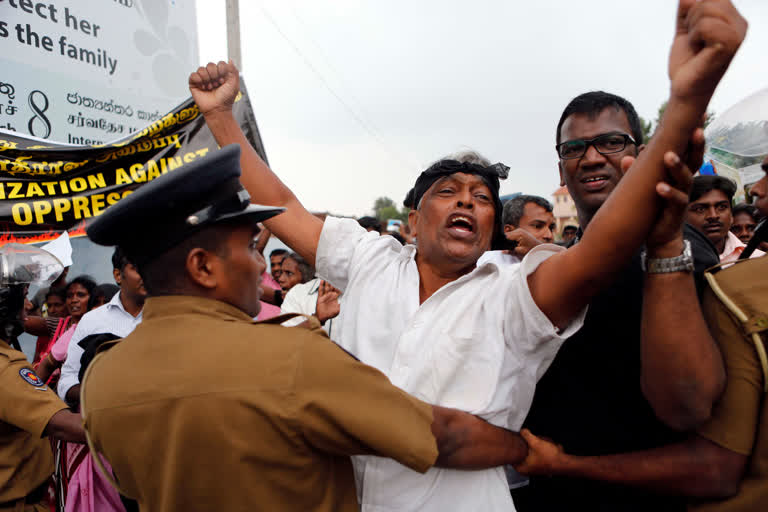Colombo: The Indian Ocean island nation of Sri Lanka, which will elect a new president on Saturday, has had a tumultuous history.
Since gaining independence from British colonial rule in 1948, the country has seen three major armed conflicts in which hundreds of thousands have died. Not surprisingly it also has had its share of natural disasters.
As the country prepares to elect its eighth president, Sri Lanka remains a divided nation, with ethnic, political and economic issues unresolved.
A look at key facts on Sri Lanka:
An Island Nation
Separated by the narrow Palk Strait from India’s southern tip, the country has a 65,000-square-kilometer (25,000-square-mile) land mass and around 22 million people. The largest ethnic group is Sinhala, who make up roughly 75% of the population, most of them are Buddhists. Tamils, who are mostly Hindus, are about 15%, while 9% are Muslims. Sinhala and Tamil are the official languages. The main foreign exchange-earners are remittances from overseas workers, tourism and tea exports.
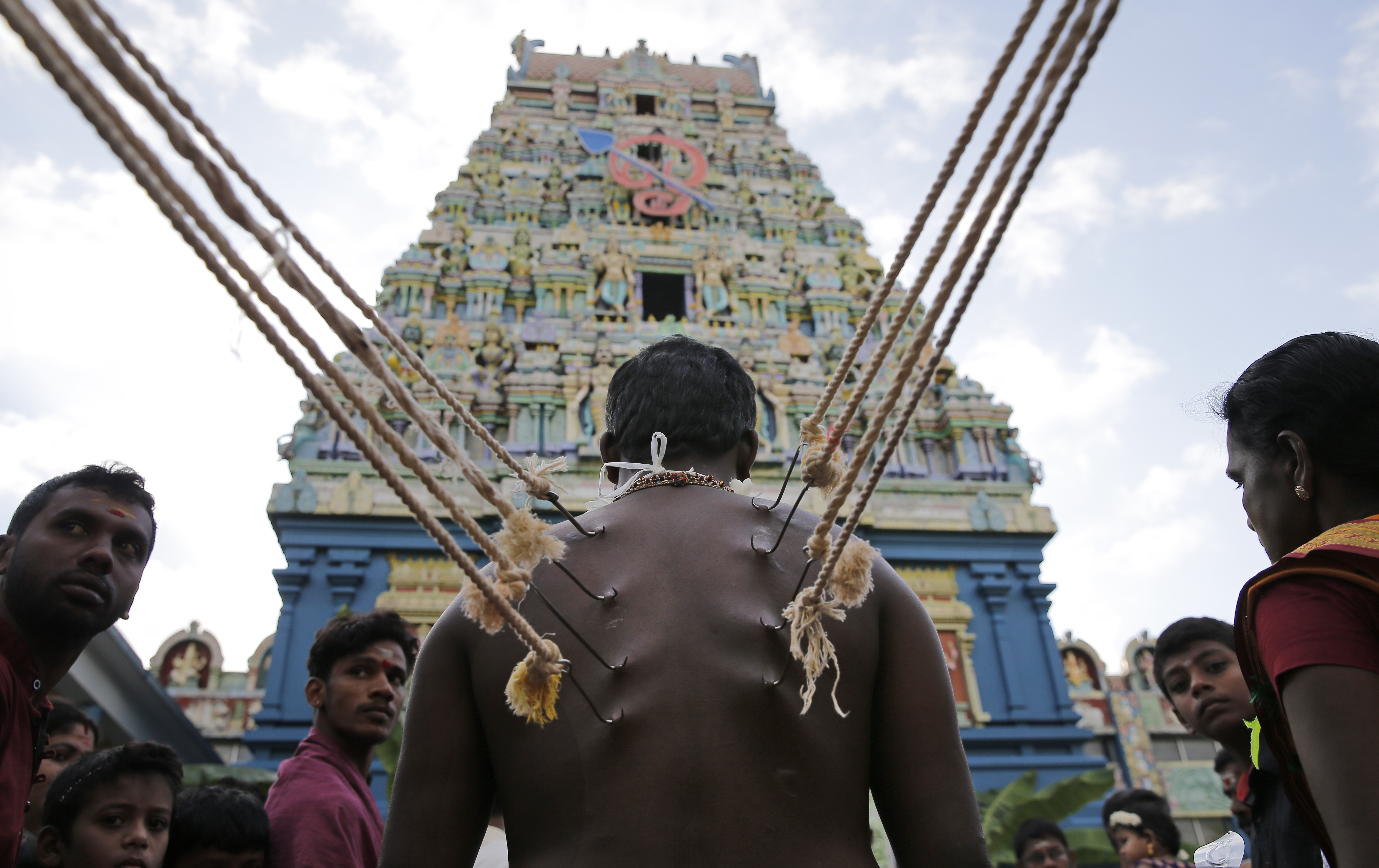
Ethnic Rift
The first serious ethnic discord in Sri Lanka started in 1956, when the government declared Sinhala the only official language. Tamils protested the move as an act of discrimination resulting in tensions that led to the first racial riots in the post-independent nation, killing dozens of people. Another round of ethnic riots followed in 1958 in which mainly ethnic Tamils were the victims. In 1972, the government declared Sri Lanka a republic by enacting a new constitution, but the Tamils said that their status and welfare were ignored.
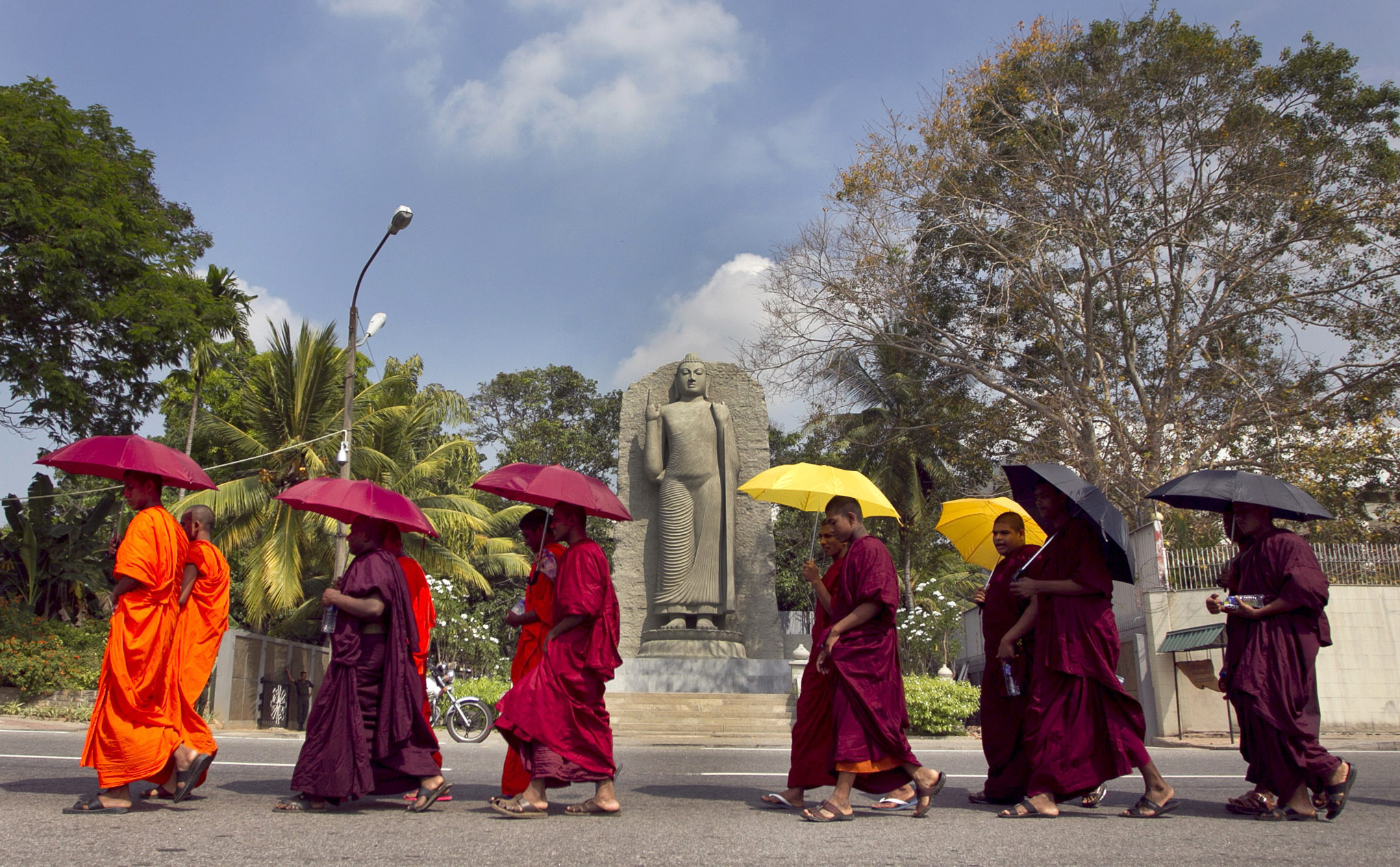
Civil Conflict
That same year, an armed insurgency by Tamil youth began on a small scale, demanding an independent state in the country’s north and east. The first political assassination by Tamil rebels took place in 1975 when a pro-government mayor was shot and killed in the Tamil heartland of Jaffna. In 1977 parliamentary elections, Tamils voted overwhelmingly for an alliance that called for secession, which was followed by another series of anti-Tamil violence.
The biggest of all anti-Tamil pogroms were unleashed in 1983 in retaliation to the Tamil Tiger rebel group’s killing of 13 soldiers in northern Jaffna. Hundreds were killed, their homes and shops looted and burned. Many fled the country and hundreds of angered Tamil youth became easy recruits for the armed groups as the conflict escalated into a full-blown civil war.
2004 Tsunami
Sri Lanka was among the countries battered by the 2004 Indian Ocean tsunami that killed around 2,30,000 people in a dozen countries in Asia and Africa. About 30,000 people died in Sri Lanka alone.
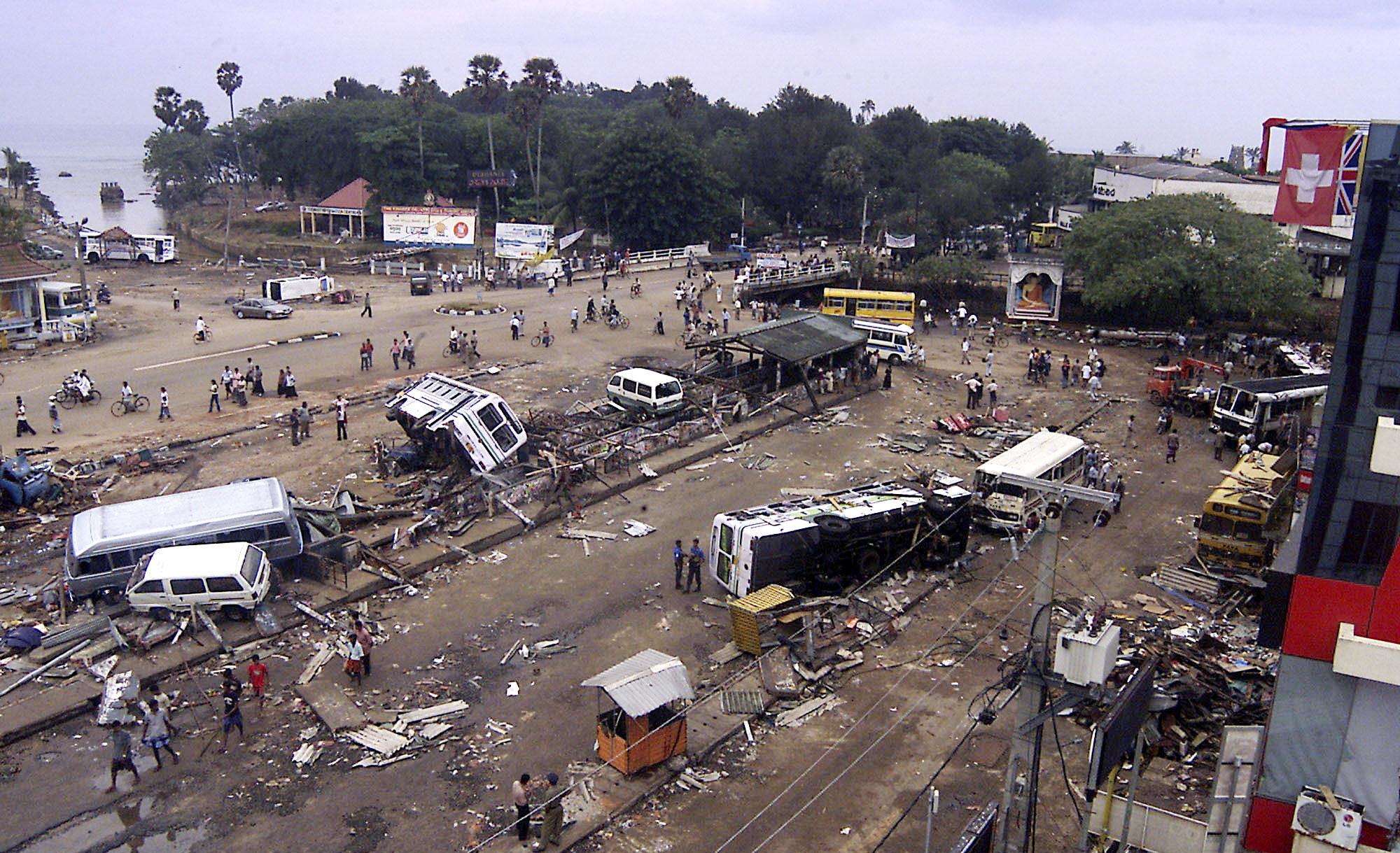
The Tigers
The violence of the Tamil Tigers, one of the most powerful and ruthless armed groups in the world, led to them being banned in many countries, disrupting their fundraising and gunrunning activities.
Read also: India need not worry over our closeness with China: Sri Lanka
A Norway-brokered cease-fire collapsed in 2006 and Sri Lanka’s military launched relentless attacks, finally ending the civil war by killing Tiger leader Velupillai Prabhakaran and his commanders in May 2009. Both sides were accused of human rights violations, some of which, if proven, are said to amount to war crimes.
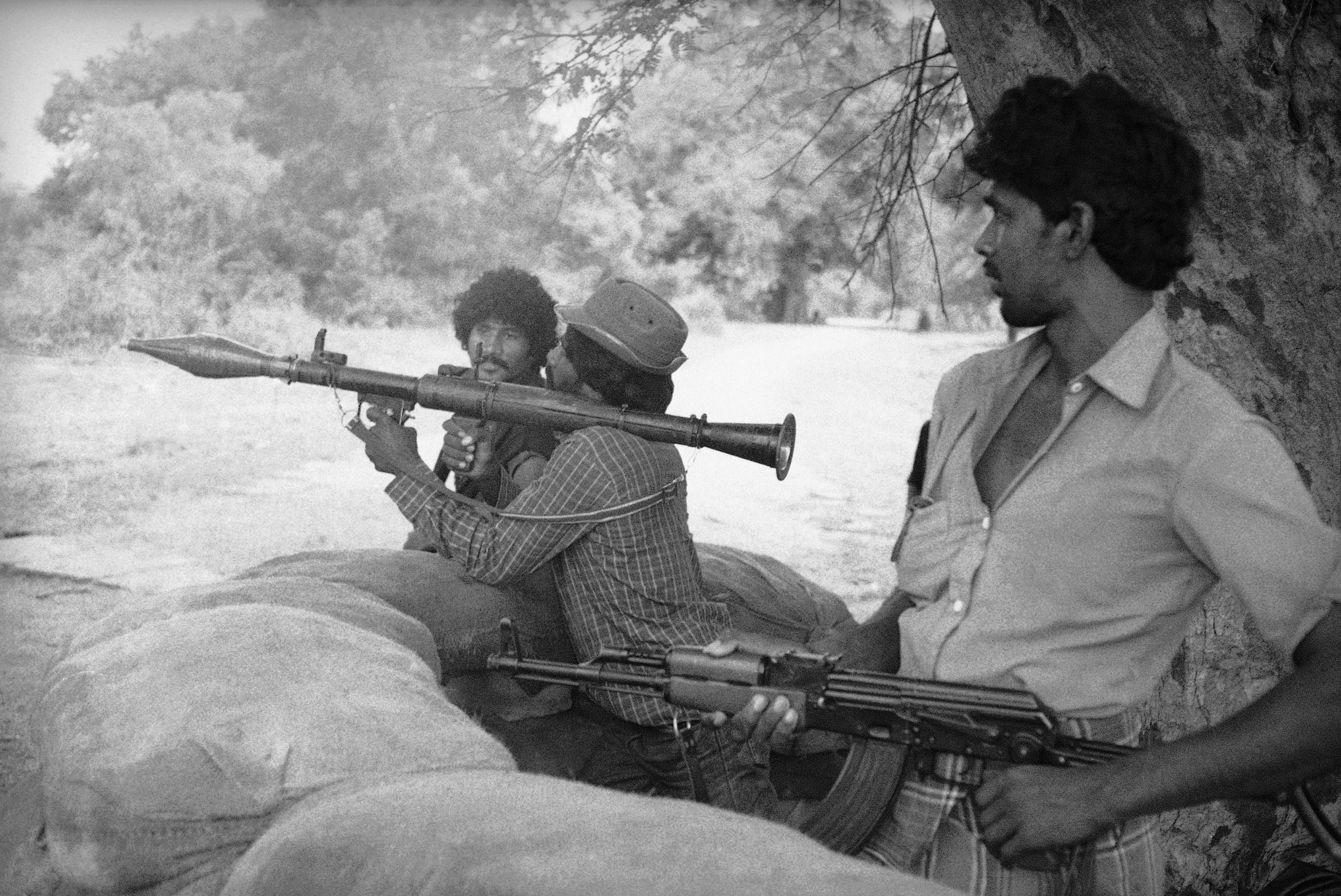
Lanka Shunned
Credited at home for ending the war, former president Mahinda Rajapaksa ignored international calls to investigate allegations that his troops deliberately targeted civilians and hospitals during the conflict. The UN Human Rights Council adopted a series of resolutions calling on Sri Lanka to investigate allegations against both sides. Colombo’s confrontational approach led to it being shunned by the international community.
International Status Restored
Soon after being elected in 2015, President Maithripala Sirisena initiated key democratic reforms, restoring media freedoms, and freeing the police and judiciary from political influence. His government co-sponsored a resolution at the UN Human Rights Council promising to investigate allegations of wartime abuses. The measures won Sri Lanka many friends in the global community. However, victims of human rights violations complain that the government has been slow in implementing its commitments.
Easter Sunday Bomb Attacks
Sri Lanka’s decade of peace was shattered by near-simultaneous suicide bomb attacks on Easter Sunday, killing over 250 people when attackers from local Islamic extremist groups blew themselves up in three churches and three tourist hotels.
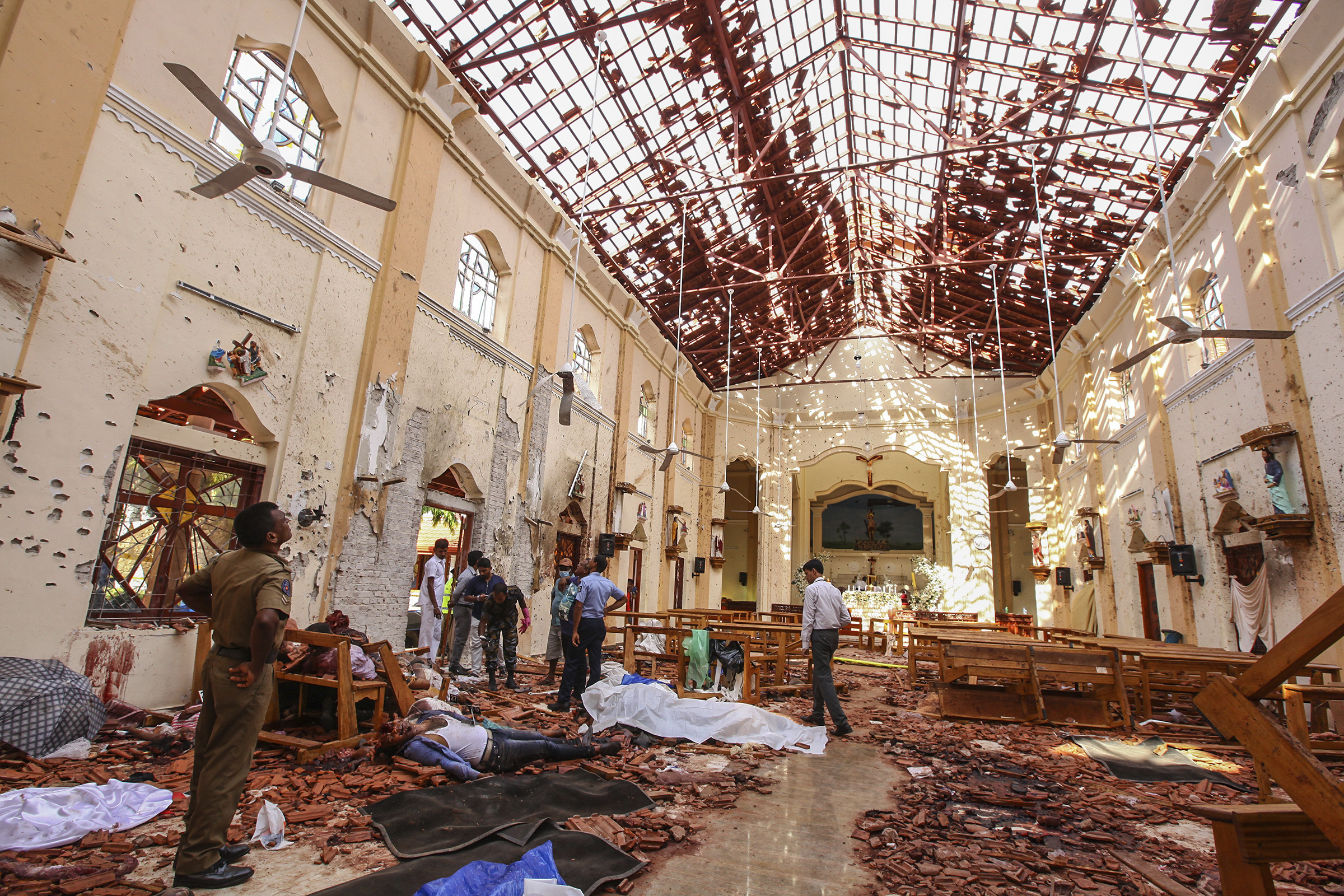
The attacks exposed religious extremism as well as serious shortcomings in the security and intelligence apparatus, with investigations revealing that Sri Lanka had not acted upon near specific intelligence of possible attacks.
Read also: Lanka Presidential Polls: Key candidates to watch out
